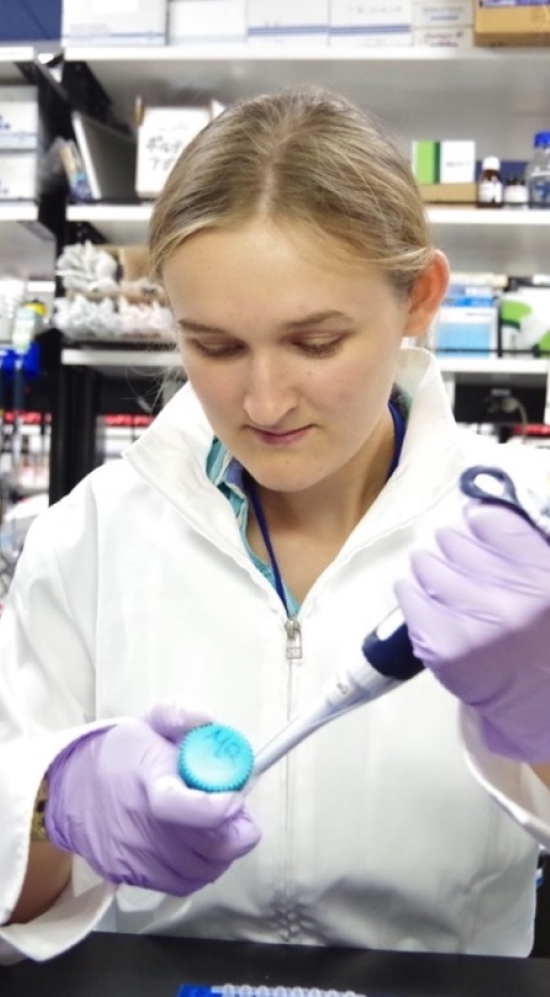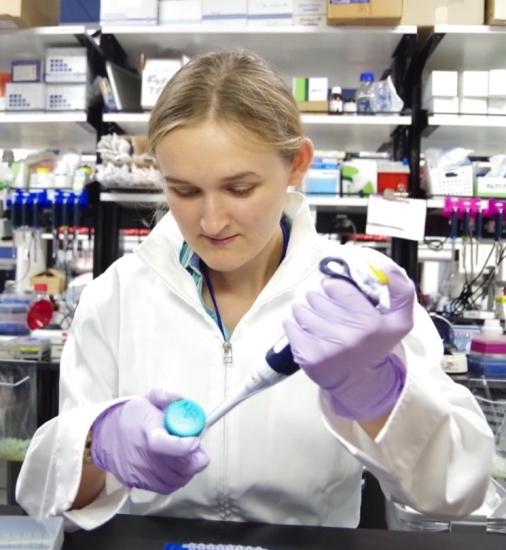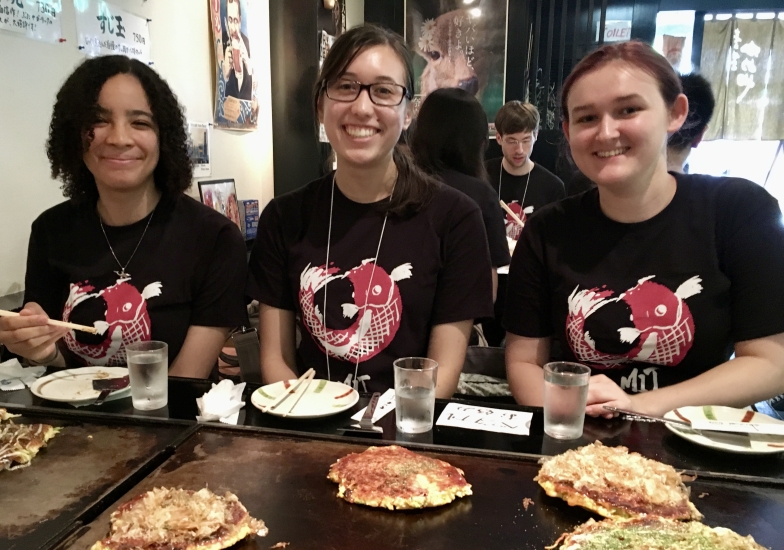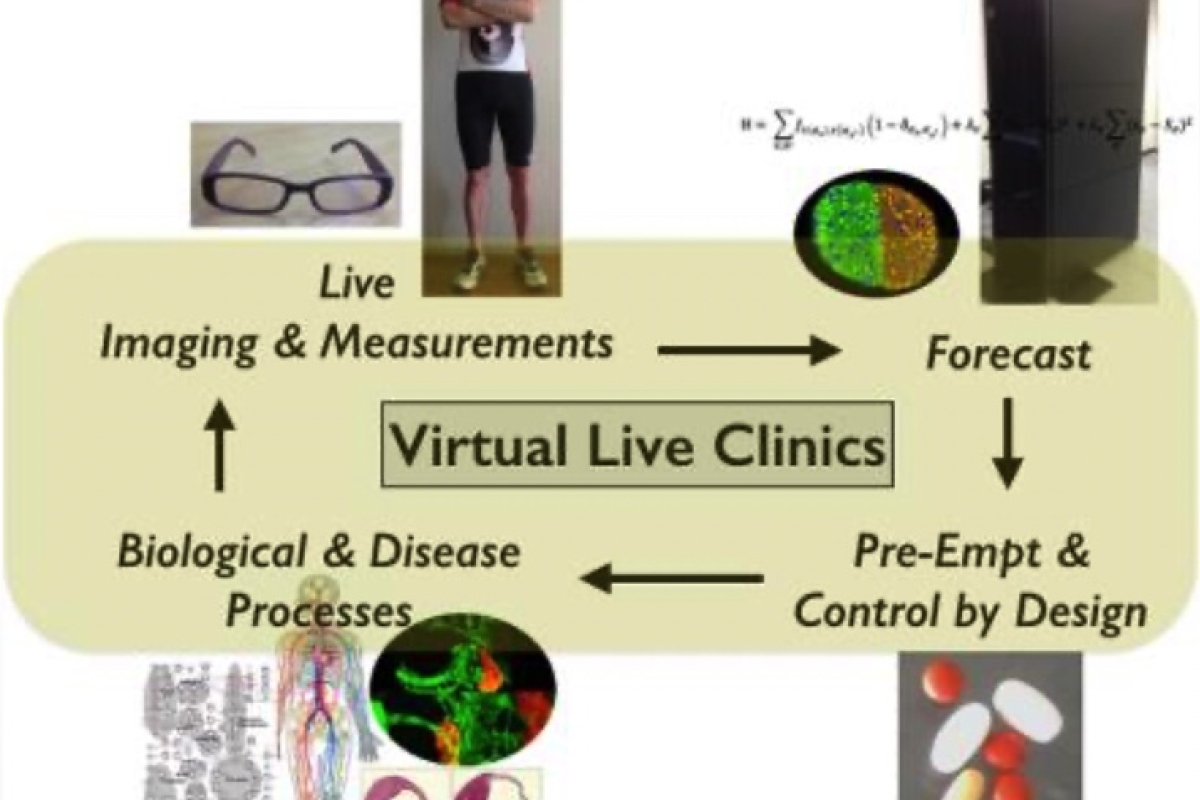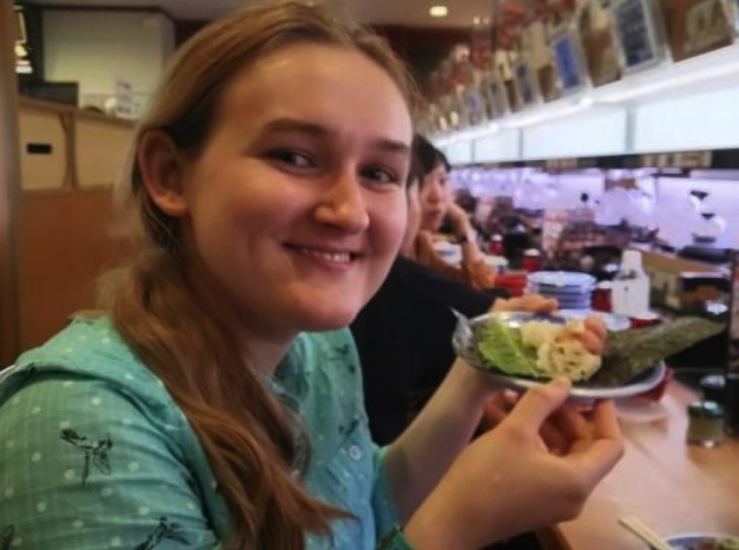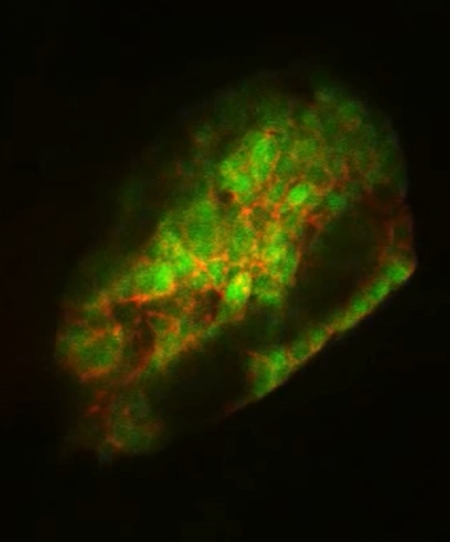I tested the efficiency and uses of a CRISPR-Cas system within human induced pluripotent stem cells (iPSCs). CRISPR-Cas is a gene-editing system that contains a strand of guide RNA and a protein that locates and cleaves a matching DNA strand.
When a strand of DNA is cleaved, it is possible to induce mutations in that region when the cell tries to repair it. These mutations can be random deletions or insertions of DNA bases which can lead to removed or altered genes.
This system can be used to develop disease models.
I used my biology background and lab experience to understand how these systems worked and to run the assays that evaluated the systems.
- MIT-Japan internship at Hotta Lab, CiRA in 2016
